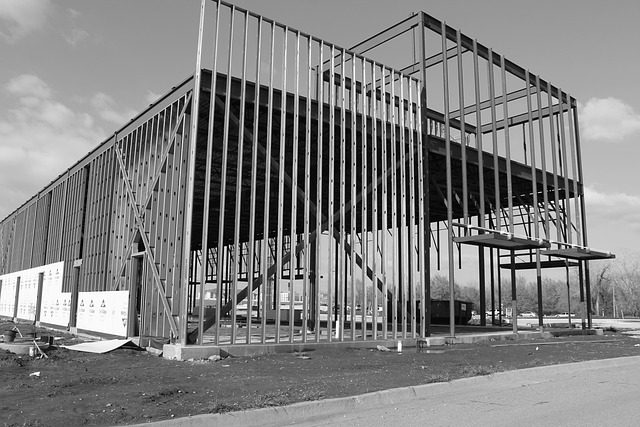In the world of modern manufacturing, adaptability is a cornerstone of success. The ability of manufacturing buildings to seamlessly adapt to changing needs and technologies is proving to be a game-changer for businesses striving to stay competitive in a rapidly evolving landscape. These buildings, the foundations of industrial operations, are evolving to meet this demand for flexibility. In this article, you will explore how flexible design solutions empower these buildings with adaptability, revolutionizing how industries operate.
Table of Contents
1. The Shift towards Adaptability
Manufacturing is no longer a static process; it’s a dynamic and ever-evolving ecosystem. The need to accommodate new technologies, changing production methods, and shifting market demands requires buildings to be more than static structures. Flexibility is no longer a bonus – it’s a necessity.
2. Design with the Future in Mind
Flexibility begins at the design stage. Forward-thinking architects and designers are creating buildings with adaptability woven into their DNA. These buildings are designed to be modular, with components that can be easily modified, expanded, or reconfigured as needs evolve.
3. Modular Construction for Quick Changes
Modular construction techniques are at the forefront of creating adaptable buildings. Modular components can be added or removed without disrupting the entire structure. This enables manufacturers to quickly scale up or down as production demands fluctuate.
4. Space Optimization and Multi-Functionality
Flexible design solutions optimize space usage. These buildings are designed to serve multiple functions, eliminating the need for separate spaces for each process. This multi-functionality ensures that every square foot of the building contributes to operational efficiency.
5. Adapting to Technological Advancements
Technology is a driving force behind manufacturing evolution. Adaptive buildings are equipped to integrate new technologies seamlessly. From incorporating robotic systems to accommodating advanced machinery, these structures enable manufacturers to embrace innovations without the limitations of rigid designs.
6. Customization for Specific Needs
Every manufacturing business has its unique requirements. Flexible design solutions allow for customization to address these specific needs. Adaptable buildings can be tailored to specialized production processes, space constraints, or specific equipment installations.
7. Supporting Lean Practices
Lean manufacturing principles emphasize efficiency and waste reduction. Flexible design solutions align with these principles by optimizing workflows, minimizing material wastage, and enhancing overall operational efficiency. This results in reduced costs and improved profitability.
8. Future-Proofing Operations
Predicting the future is challenging, but preparing for it is essential. Developing buildings with adaptability to future-proof operations by accommodating changes that may arise. This proactive approach minimizes disruptions and ensures a smoother transition when adapting to new business realities.
9. Responding to Market Trends
Consumer preferences and market trends can shift rapidly. Flexible buildings enable businesses to respond quickly to changes in demand, introduce new product lines, or adjust production volumes without significant downtime.
10. Economic Benefits
Investing in these buildings offers economic benefits in the long run. The ability to modify and repurpose existing infrastructure reduces the need for new construction, saving costs and minimizing environmental impact.
11. Sustainability and Green Practices
Adaptability is not only about operations but also about sustainability. Adaptable design solutions can be equipped with energy-efficient systems, sustainable materials, and eco-friendly features, contributing to environmental conservation.
12. Operational Continuity
Traditional buildings often require shutdowns during renovations or expansions. Adaptable structures minimize disruptions by allowing modifications to occur while operations continue, ensuring uninterrupted production.
In Conclusion
The future of manufacturing lies in adaptability, and manufacturing buildings are at the forefront of this transformation. Integrating flexible design solutions empowers industries to respond to change with agility, embrace innovations seamlessly, and optimize operational efficiency.
As manufacturing processes become more intricate and market dynamics continue to evolve, the need for adaptable structures becomes more pronounced. Businesses that invest in manufacturing buildings with flexible design solutions are not just creating physical spaces and platforms for growth, innovation, and long-term success. By embracing adaptability, manufacturing businesses are positioning themselves to thrive in a world where constant change and flexibility are key.
Featured Image by 15299 from Pixabay




